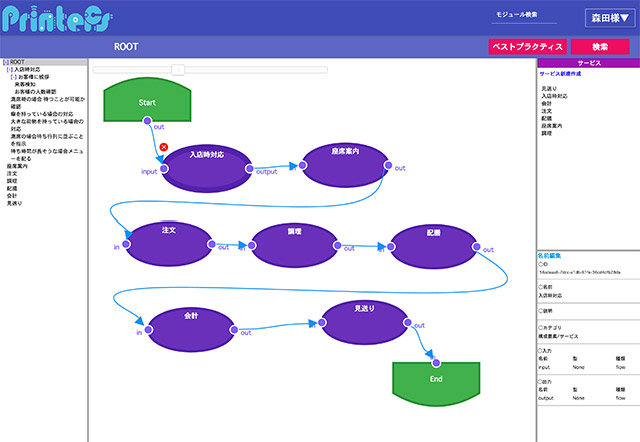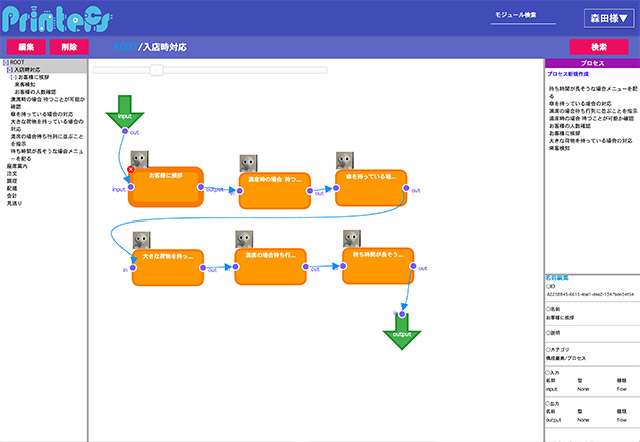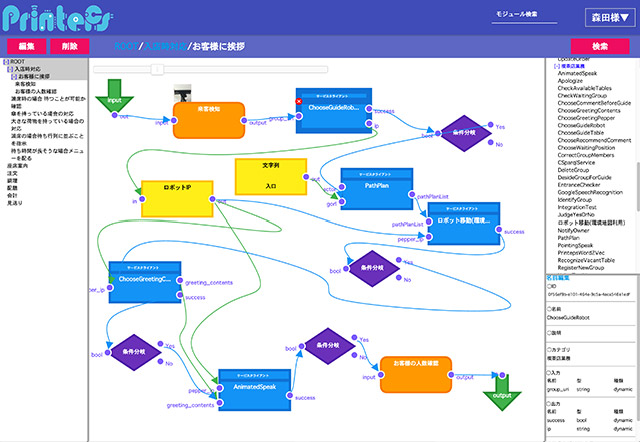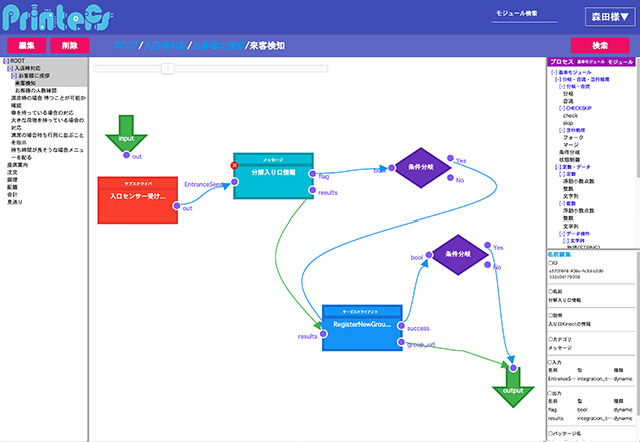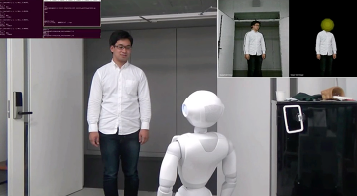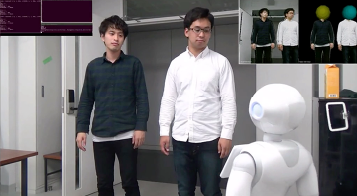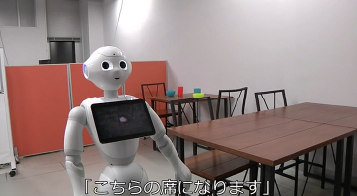This project has been supported by the Core Research for Evolutional Science and Technology (CREST) of the Japan Science and Technology Agency (JST) (2014.10-2020.3). The platform assists end users to easily develop Artificial Intelligence (AI) and intelligent robot Applications. Such applications perform a variety of intelligent behaviors such as listening and speaking (speech dialogue), thinking (knowledge based reasoning), seeing and moving (image sensing and motions). One of the future goals of this platform is to support the co-evolution of intelligence (between humans and machines). This will be achieved through the observation of human & machine behaviour; and the discovery of new knowledge.
PRINTEPS is a platform for end users to develop AI applications and a engine to promote variety of AI applications to society.
What is PRINTEPS?
PRINTEPS (PRactical INTElligent aPplicationS) is a total intelligent application development platform that integrates 5 types of sub systems (knowledge based reasoning systems, speech dialogue systems, human and environment sensing systems, and machine learning systems). PRINTEPS supports end users to participate in AI applications design (user participation design) and to develop applications easily (within hours to days) by combining software modules from PRINTEPS.
Research
- PRINTEPS
- Robot Cafe
- TA Robot
We are currently working to implement a workflow editor on PRINTEPS. Specifically, this is a Web application that operates in a Web browser. This workflow editor establishes a workflow based on an SOA and automatically produces source code in Python that can be executed in Robot Operating System (ROS).
The workflow editor allows the reference of ROS Service (Server and Client), Topic (Publisher and Subscriber), and Message as the minimal function modules. Inter-module means of connecting are automatically determined based on ROS Message types. The Message modules are used for type conversion when the values of specific fields in a composite data type are connected to the entries of other modules. PRINTEPS provides knowledge based reasoning, speech dialogue, image sensing, motions, and machine learning modules based on ROS.
Process plays a function-like role in which it compiles multiple modules. In the Process operation, processes and modules can be defined in a mixed manner.
Service is a function with the roughest grain size and is composed only of processes defined as business processes.
The first hierarchy (root service) of the workflow editor is composed of a route start, service list, and route end. The service list, when completed, will be shared among users as a best practice. It will allow users to locate easily those services, processes, or modules used as best practice.
Robots used in this project
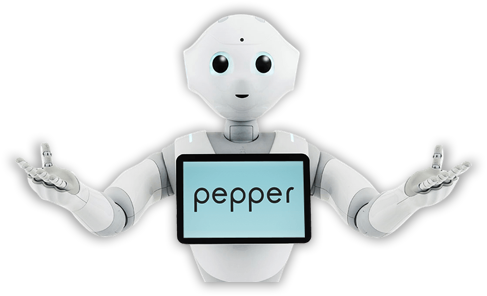
|
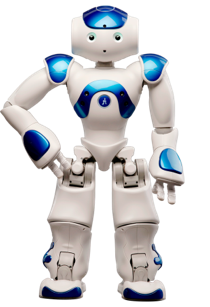
|
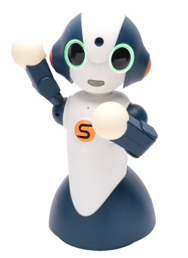
|
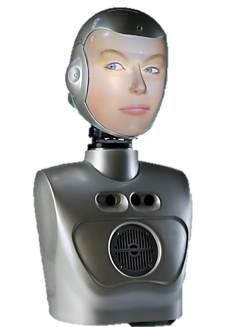
|
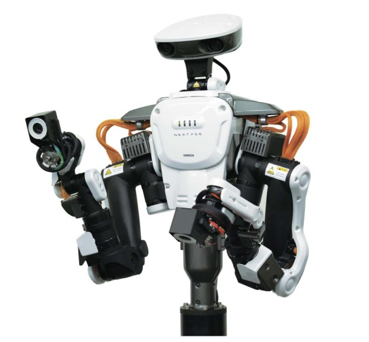
|
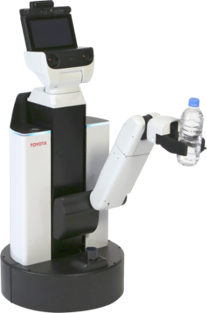
|
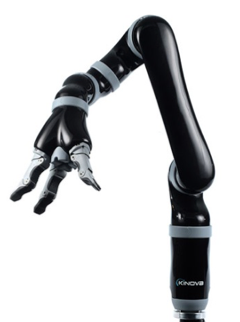
|
|
Pepper ©SoftBank |
NAO ©SoftBank |
Sota ©Vstone |
SociBot ©Engineered Arts |
Hironx ©KAWADA |
HSR ©TOYOTA |
JACO2 ©Kiova |
Related Papers
- Takeshi Morita, Naho Kashiwagi, Ayanori Yorozu, Hideo Suzuki, Takahira Yamaguchi, “Evaluation of a Multi-Robot Cafe based on Service Quality Dimensions”, The Review of Socionetwork Strategies, Springer, pp.1-22, 2019.
- Takeshi Morita, Kodai Nakamura, Hiroki Komatsushiro, Takahira Yamaguchi, “PRINTEPS: An Integrated Intelligent Application Development Platform based on Stream Reasoning and ROS”, The Review of Socionetwork Strategies, Springer, Vol. 12, Issue 1, pp 71–96, 2018.
Related Papers
- Takeshi Morita, Shunsuke Akashiba, Chihiro Nishimoto, Naoya Takahashi, Reiji Kukihara, Misae Kuwayama, Takahira Yamaguchi, “A Practical Teacher-Robot Collaboration Lesson Application Based on PRINTEPS”, The Review of Socionetwork Strategies, Springer, Vol. 12, Issue 1, pp 97–126, 2018.
Research Members
Knowledge-based Reasoning
-
 Takahira
Yamaguchi
Faculty of Science and Technology,Keio University(Team leader)
Takahira
Yamaguchi
Faculty of Science and Technology,Keio University(Team leader) -
 Takeshi Morita
Faculty of Science and Technology,Keio University
Takeshi Morita
Faculty of Science and Technology,Keio University -
 Hidenao Abe
Faculty of Information and Communication,Bunkyo University
Hidenao Abe
Faculty of Information and Communication,Bunkyo University -
 Tadashi Suzuki
School of Liberal Arts, Shirayuri University
Tadashi Suzuki
School of Liberal Arts, Shirayuri University -
 Junji YamazakiFaculty of Letters, Gakushuin University
Junji YamazakiFaculty of Letters, Gakushuin University
Dialogue Continuation
-
 Ichiro Kobayashi
Faculty of Science, Ochanomizu University(Principal researcher)
Ichiro Kobayashi
Faculty of Science, Ochanomizu University(Principal researcher)
Spoken Dialogue
-
 Yukiko Nakano
Faculty of Science and Technology,Seikei University(Principal researcher)
Yukiko Nakano
Faculty of Science and Technology,Seikei University(Principal researcher) -
 Yutaka Takase
Faculty of Science and Technology,Seikei University
Yutaka Takase
Faculty of Science and Technology,Seikei University
Image Sensing
-
 Hideo Saito
Faculty of Science and Technology,Keio University(Principal researcher)
Hideo Saito
Faculty of Science and Technology,Keio University(Principal researcher) -
 Maki Sugimoto
Faculty of Science and Technology,Keio University
Maki Sugimoto
Faculty of Science and Technology,Keio University -
 Yuko OzasaGraduate School of Science and Technology,Keio University
Yuko OzasaGraduate School of Science and Technology,Keio University
Motion
-
 Masaki Takahashi
Faculty of Science and Technology,Keio University(Principal researcher)
Masaki Takahashi
Faculty of Science and Technology,Keio University(Principal researcher) -
 Ayanori YorozuGraduate School of Science and Technology,Keio University
Ayanori YorozuGraduate School of Science and Technology,Keio University
![PRINTEPS[Knowledge based reasoning/Speech dialogue/]](images/splash_img_en.png)
